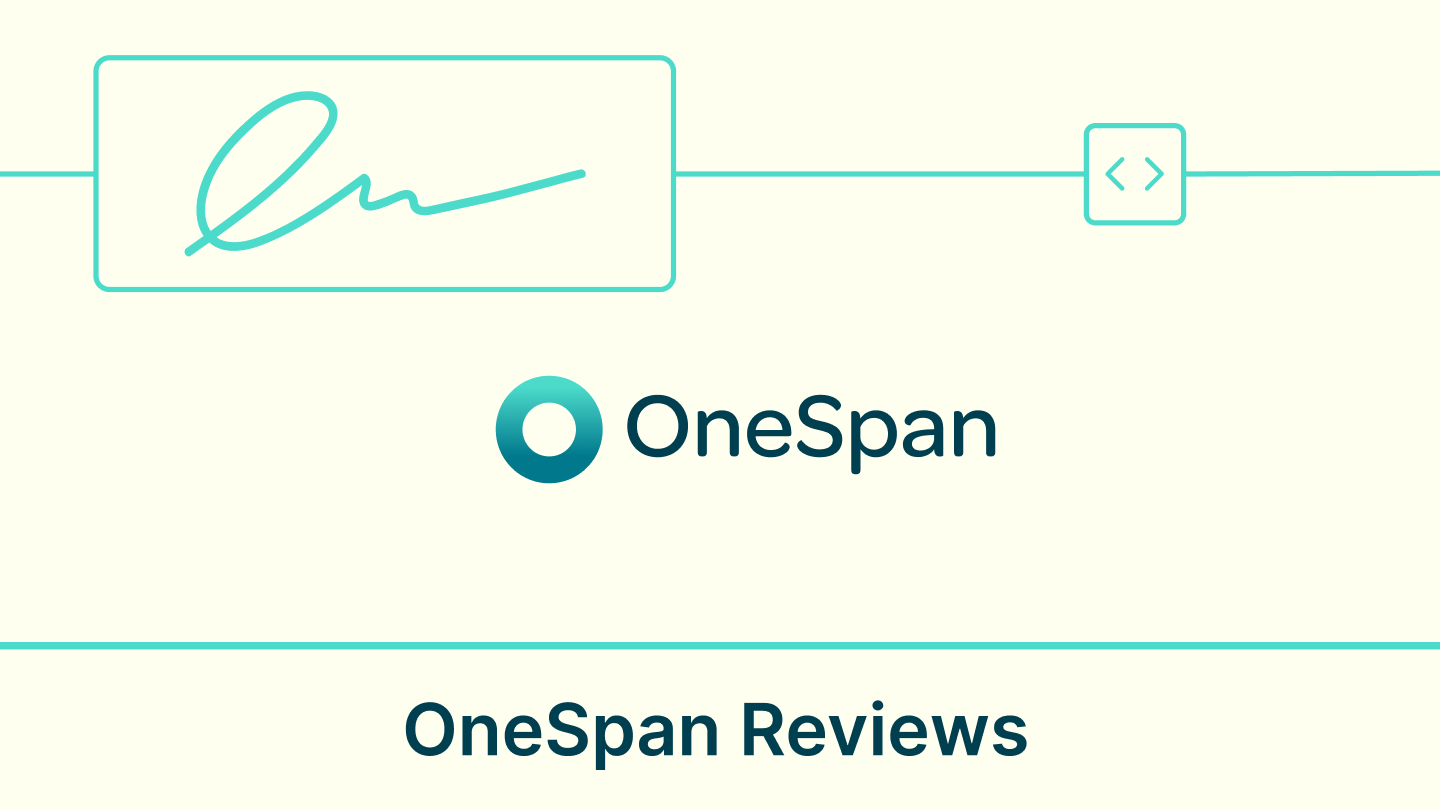With the introduction of electronic signatures, the efficiency and convenience of conducting business transactions have greatly improved. Nowhere is this more evident than in the insurance industry, where paperwork is an integral part of the process.
eSignatures are helpful for documents such as policy applications, claims forms, and other legal agreements. These documents often require signatures from multiple parties, which can be a time-consuming when done manually. By using eSignatures, insurers can automate the signature process, ensuring that all necessary parties sign the document promptly and efficiently. Many insurers now allow customers to sign PDF online, making the entire process even faster and more convenient across different devices.
But the benefits of eSignatures go beyond simply saving time. They can also help to improve the overall customer experience. Insurance companies can enhance customer satisfaction and build long-term loyalty by providing a more convenient, user-friendly process for signing documents.
eSignatures also help reduce errors and omissions, improving the accuracy of documentation and ultimately leading to better outcomes for insurers and their customers. This growing shift toward electronic signature for insurance has transformed how insurers handle applications, claims, and policy management.
Benefits of using electronic signatures for insurance
By eliminating the need for paper-based signatures, insurers can significantly reduce the time it takes to obtain signatures from multiple parties, ultimately expediting the underwriting and claims processes. This speeds up the process for customers and helps insurers process more applications and claims, resulting in increased productivity and profitability.
Unlike traditional forms of signatures, electronic signatures provide greater consistency, accuracy, and security to the entire insurance registration and claim filing process. Manual signature processes are often prone to human error, such as missing signatures, illegible handwriting, or incomplete forms. eSignatures lower the probability of such errors.
Electronic signatures are convenient, user-friendly, and can be completed from anywhere at any time, allowing customers to sign documents on their terms. This flexibility can make the insurance process more accessible and appealing to customers, increasing retention and customer satisfaction.
What insurance companies need to know about eSignatures
While electronic signatures can bring numerous benefits to the insurance industry, insurance companies must carefully evaluate whether they are the right fit for their organization. Before deciding to implement eSignatures, there are several considerations that insurance companies need to keep in mind to ensure a successful and compliant transition.
Electronic signatures must comply with legal requirements, such as the Electronic Signatures in Global and National Commerce Act (ESIGN) and the Uniform Electronic Transactions Act (UETA). Failure to comply with these regulations can result in significant financial penalties and legal repercussions.
Plus, eSignatures must meet the same standards of authenticity and security as traditional paper-based signatures. This includes verifying signers' identity, ensuring the signed document's integrity, and maintaining a comprehensive audit trail of the signing process. Moreover, Insurers must be able to provide clear instructions on signing electronically and promptly resolve any issues that may arise during the signing process.
Using electronic signatures for insurance applications
eSignatures provide a seamless process for insurance applications, saving time and ensuring accuracy and security. This efficiency and cost-effectiveness benefit insurers, with automated processing taking only minutes instead of days or weeks for manual processing.
The ability to obtain signatures from anywhere expands insurers' customer reach and minimizes costs. Templates provide easy document creation and updates, and digital storage improves accessibility, sharing, and tracking.
The security of eSignatures is essential for insurance companies to ensure that the right person signs the documents, linking them to the customer's personal information to prevent fraud and ensure binding policies.
How electronic signatures simplify the application process
The traditional approach for applying for insurance policies involves filling out paper forms, signing them physically, and then mailing or faxing them to the insurer. This process can be time-consuming and inconvenient for applicants, leading to delays in the application process.
With electronic signatures, applicants can complete and sign documents online, eliminating the need for printing, signing, and mailing. This saves time as well as reduces the risk of errors or missing information in the application, ensuring that the application process is completed accurately.
Electronic signatures also offer security and compliance. Electronic signatures are legally binding and meet the same standards of authenticity and security as traditional signatures, ensuring the application process is legally compliant and secure.
1. Life insurance
In the case of life insurance, the application process can be complex and time-consuming, involving multiple forms and medical exams. Electronic signatures streamline this process by allowing applicants to complete and sign the necessary documents online, reducing the need for in-person visits and physical paperwork. This speeds up the underwriting process, enabling underwriters to evaluate an applicant's risk more efficiently.
2. Health insurance
Similarly, in health insurance, electronic signatures eliminate the need for medical underwriting forms, as electronic signatures on HIPAA authorization certificates are legally binding. This not only enhances the medical record management system but also protects privacy.
3. Property and casualty insurance
In property and casualty insurance, electronic signatures simplify the application process by allowing applicants to complete and sign documents online, reducing in-person visits and physical paperwork. The insurer can quickly and securely verify the applicant’s information and necessary documents, speeding up the underwriting process and leading to a better customer experience.
Utilizing electronic signatures for claims processing
Claims processing involves several steps, including receiving the claim, assessing the damage, verifying the information, and authorizing payment. Traditionally, this process has been paper-based and time-consuming, but electronic signatures’ integration into the claims processing marks a significant milestone in terms of expediting the entire process.
By utilizing electronic signatures, insurance companies can automate the process of filling forms, collecting supporting documents, and verifying the user. eSignatures in claims processing provide an added layer of security as they are tamper-evident, meaning that any attempt to alter the document after it has been signed will be detected. It prevents fraud and ensures the authenticity of the signed documents.
How electronic signatures simplify the claims process
Electronic signatures simplify the claims process by reducing the amount of time and resources required for traditional paper-based processes.
- Faster claims processing: Claimants can sign documents instantly, eliminating the need to wait for documents to be sent through the mail or delivered in person.
- Increased accuracy: Provide a clear and accurate record of the signature and the documents signed, reducing the likelihood chances of missing signatures or incomplete information.
- Enhanced security: Use of encryption and authentication technologies ensure the authenticity and integrity of the signed documents, preventing fraud.
- Reduced costs: Electronic signatures eliminate the need for paper-based processes, reducing the cost of printing, storing, and shipping paper documents.
- Improved customer experience: Provide a more convenient and efficient claims process for customers by signing documents from anywhere at any time, eliminating the need to visit the insurer's office or wait for documents to arrive in the mail.
1. Auto insurance claims
In auto insurance, policyholders can submit accident details and damage assessment forms electronically, saving time and effort. Electronic signatures store all data digitally in the cloud, making it easy for insurance providers to handle claims.
2. Homeowners insurance claims
Electronic signatures have eliminated the need for in-person visits or physical paperwork in homeowners' insurance claims. Policyholders can initiate their claim processes seamlessly through online portals, reducing the time it takes to process claims.
3. Health insurance claims
Health insurance claims have also been streamlined with electronic signatures. Customers can now submit and sign forms electronically, reducing the need for paperwork and visits to the doctor's office. Electronic signatures can reduce errors, speed up the process, provide better security, and save on costs, ultimately leading to higher customer satisfaction and more competitive insurance products.
Moreover, electronic signatures can be particularly helpful in the event of a health insurance claim for emergency medical treatment, where time is of the essence. Policyholders can sign and submit their claims forms quickly and easily using their mobile devices or computers, even if they are unable to do so in person or by mail.
Managing policies with electronic signatures
When it comes to managing policies, eSignatures simplifies the process for insurers, resulting in significant cost savings. Policyholders can sign and submit policy applications, endorsements, and renewals online using eSignatures, which reduces processing time and eliminates the need for physical documents.
Electronic signatures streamline the policyholder onboarding process by allowing insurers to verify identities, conduct credit checks, and underwrite policies quickly and easily. Auto insurance policies, home insurance policies, life insurance policies, and health insurance policies are among the policies that can benefit from electronic signatures. They help insurers streamline their processes, reduce costs, and enhance the customer experience.
How electronic signatures simplify policy management
Integrating electronic signatures into policy management makes the process more standardized, reliable, and compliant. With electronic signatures, policy details are processed, signed, stored, and retrieved through automated dashboards that meet both functional and administrative needs.
All necessary documentation, legal proof, and approvals required for policy management are seamlessly integrated into workflows. This leads to faster processing and streamlined operations.
Electronic signatures ensure that policy management is efficient and organized, with all necessary documentation and approvals in one place, resulting in faster and more streamlined policy processing.
1. Policy renewals and changes
Customers no longer need to swim down an ocean of paperwork to manage their policies or request changes. Electronic signatures simplify policy renewal by streamlining the process, reducing processing time, and increasing accuracy. They provide a secure and convenient way for policyholders to manage policies, interact with insurers, and renew policies electronically.
Electronic signatures offer a convenient and secure way for policyholders to manage their policies and interact with their insurers during the policy renewal process. They can simplify and accelerate the process by enabling policyholders to:
- Review and accept renewal terms and conditions electronically.
- Sign renewal applications and endorsements electronically.
- Provide necessary documentation, such as proof of insurance, through electronic channels.
- Verify their identity through electronic means, such as multi-factor authentication or electronic verification services.
2. Cancellations
Traditional policy cancellation methods are inconvenient and prone to errors. Electronic signatures streamline the process by allowing policyholders to submit and sign cancellation requests digitally, making it less frustrating and time-consuming.
To cancel a policy, policyholders typically need to submit a request, review potential penalties or fees, and receive confirmation from the insurer. Electronic signatures can simplify this process by allowing policyholders to:
- Sign documents electronically, such as a cancellation form or confirmation of cancellation.
- Submit documentation to support the cancellation request, such as proof of a new insurance policy through electronic channels.
- Verify their identity through electronic means, such as multi-factor authentication or electronic verification services, preventing fraud.
- Receive confirmation of the cancellation electronically, which can serve as proof of cancellation.
Electronic signatures: A necessity for the future of insurance
Electronic signatures have transformed the insurance industry by simplifying processes, reducing costs, and improving the overall customer experience. From policy applications to claims processing, electronic signatures have streamlined operations and made it easier for policyholders and insurers to manage their interactions with one another.
By reducing the need for physical paperwork and in-person visits, electronic signatures have made insurance more accessible, efficient, and secure. As technology continues to advance, it is clear that electronic signatures will remain a vital tool for the insurance industry to enhance its operations, maintain compliance, and ultimately provide better service to its customers.
Embracing the benefits of electronic signatures is no longer just an option but a necessity for any insurance company looking to stay competitive in the digital age.











